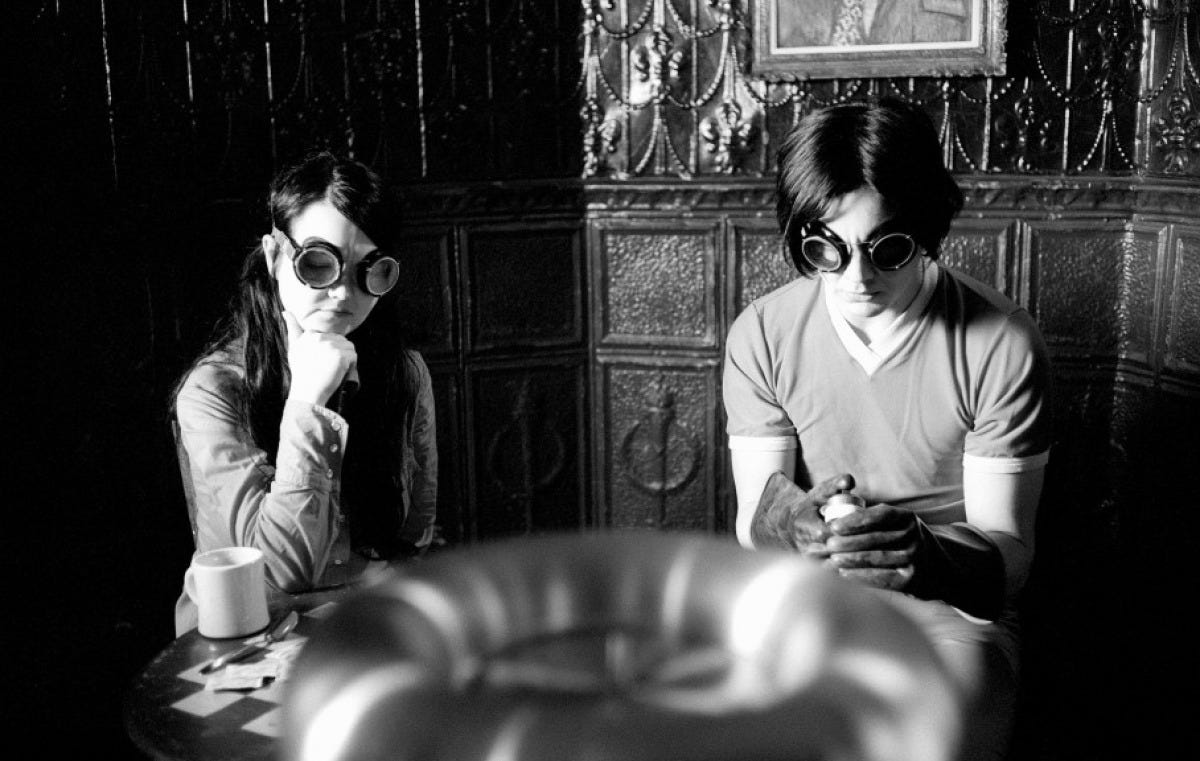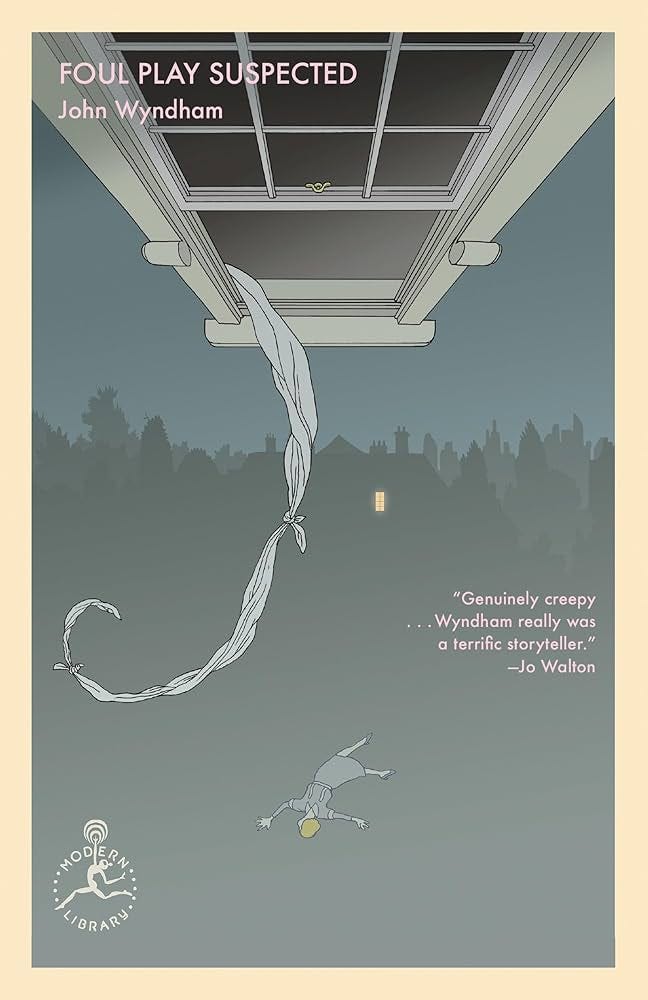Here’s what I watched and read last week:
Movies
I’m continuing my Jim Jarmusch marathon.
Night on Earth. Very enjoyable. The first story with Winona Ryder was my favorite.
Dead Man. I haven’t seen this since it was first released on video in 1996. The movie is starting to grow on me, but still my least favorites of Jarmusch’s.
Coffee and Cigarettes. The name says it all. A collection of stories or conversations. My favorite ones are Jack and Meg White and Steve Coogan and Alfred Molina.
Sinners. Very good horror film. Really liked that Coogler allowed us to know the characters and their world before getting into the horror.
In Time. Great premise. Loved the first part of the film. But I felt some of the acting was not good, and kind of surprising given Niccol had written and directed Gattica, which I love.
TV
We finished the sixth season of Little House on the Prairie. The last three episodes were classic. The sixth and second seasons, so far, are my favorite. Michael Landon has a great eye for composition. The high definition images look great on Peacock.
Books
Foul Play Suspected by John Wyndham. A crime novel written under the name John Beynon. I wasn’t expecting something like The Day of the Triffids or The Midwich Cuckoos, but there are some interesting topics discussed—stuff that he would later explore in his sci-fi books. I’d consider it a minor work of his, but worth checking out. The book reminded me a little of the film noir Kiss Me Deadly.

















































